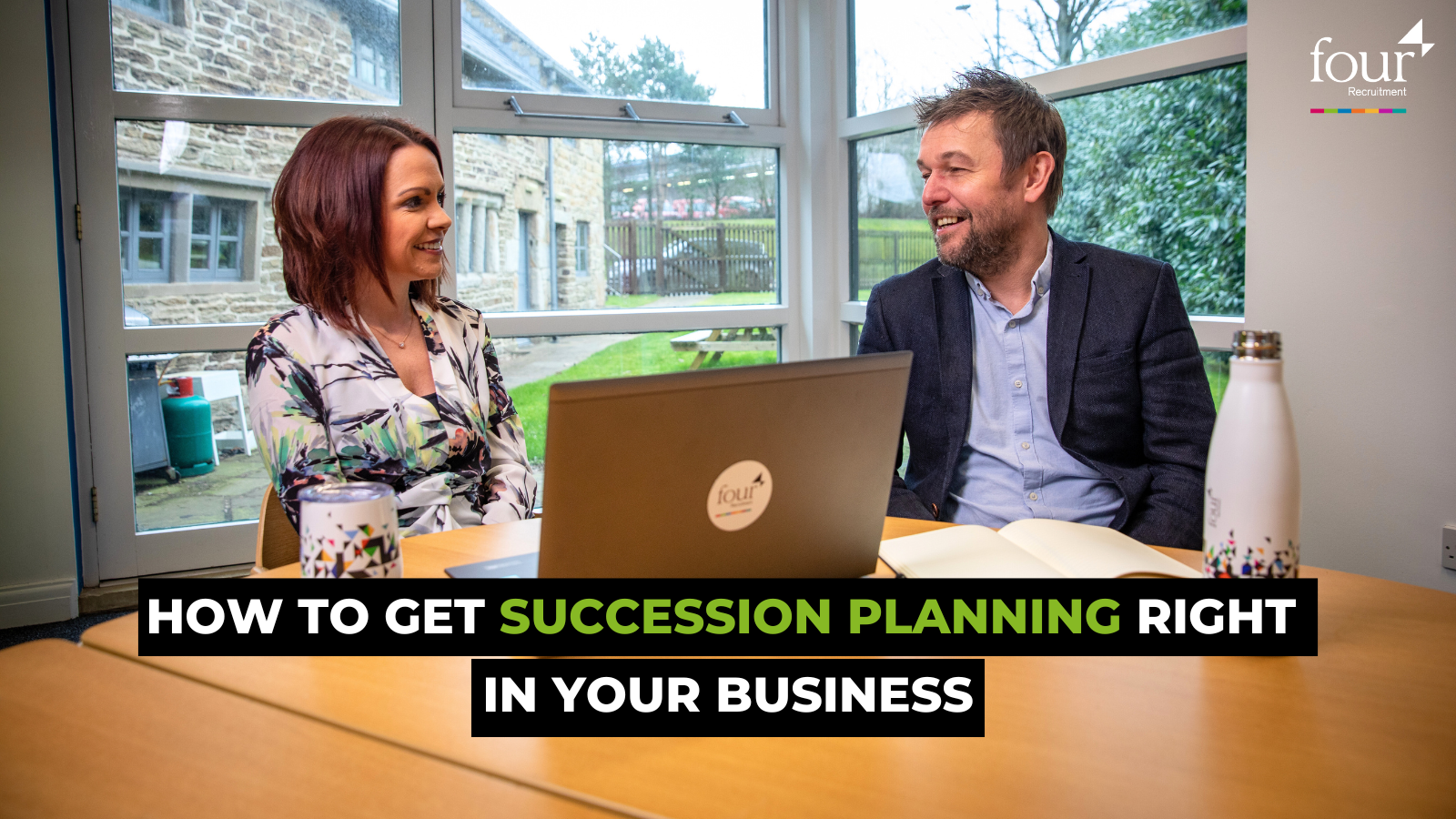.
.
.
.
.
.
.
.

When an employee assumes a new role in your organisation, it’s natural for there to be an adjustment period.
However, when you’ve built a culture based on growth and internal promotions occur on a frequent basis, you can’t afford the interruptions that follow staff changes.
You need a personalised succession plan that protects your business from uncertainty.
According to TechTarget, succession planning is the process of nurturing talent to replace executive, leadership and other key employees after they’ve moved on. It is relevant and useful to all great businesses, from the largest mega-corporations to the small and medium enterprises.
“By identifying and preparing potential successors for critical positions, succession planning can protect the organisation from sudden change, reveal vulnerabilities and highlight skills gaps, promote training and development, improve retention and engagement, and preserve brand integrity and reputation.” - HR Forecast
The core principle behind successful succession planning is the amount of preparation you do.
Even when you’re not expecting any immediate resignations or promotions, you need to be putting the right processes into place and shaping your team for the future.
Despite popular belief, succession planning isn’t only useful after the unexpected happens. When done correctly, it can be an incredible asset to all businesses; allowing you to drive career progression and secure long-term talent retention. By consistently looking for opportunities to promote your team members, you can reward their hard work.
Through a concrete learning and development scheme that drives continuous improvement across your organisation, you can equip your employees to go above and beyond in their role. Once this happens and individuals are starting to perform optimally and be more confident with their duties, they won’t shy away from taking the next step in their career.
There are always going to be “rock stars” in an organisation. You need to identify these individuals as they’re the ones who will be best suited for a promotion when the time comes. Dedicate yourself to determining the specific development needs of your best employees and be sure to invest in additional training and support for them - enabling their progression.
Although it might seem obvious that you’re preparing an employee for an eventual promotion, your succession plan will be much more effective if you actively communicate with them. One of the best ways to encourage personal and professional growth is to map individual career progression through regular performance reports. This will allow your team to see where they are currently and where they need to be for their next role.
To best equip your employees for a sudden promotion, you need to constantly nurture their development. How? By assigning a range of responsibilities that fall outside of their usual scope and trusting them to get the job done. These tasks should challenge and encourage, helping your employees to learn key leadership qualities that will support their transition.
A workplace’s growth culture can contribute significantly to the strength of its succession plan. As long as your employees can see that their job promotion is within arm’s reach, they will be more eager to engage with the training opportunities presented - regularly going above and beyond to be considered for a move up the career ladder.
Before there’s an opening for an important leadership position, you should conduct trial runs to put your team members to the test. This would empower a staff member to take charge for a day, putting their newly developed skills to work. By giving them this opportunity, they’ll be able to practise for when a real promotion happens and they need to hit the ground running.
Adaptability plays a large part in every organisation’s succession planning. To prepare for future uncertainty, you need to build a team of driven and motivated individuals that aren’t afraid of change. Going forward, you should start recruiting candidates based on desirable soft skills such as creativity, critical thinking, and problem-solving. This will make a big difference to the long-term viability of your organisation and set you up for ongoing success.
At Four Recruitment, we don't just match CVs with job descriptions; we're here to build genuine, authentic connections between talented candidates and top employers.
We go the extra mile to uncover the best candidates, even if they seem elusive or hard to find. If we can't find them, they don't exist. That's how dedicated we are to sourcing the best talent for our clients.
Contact us to find out more.
Share: